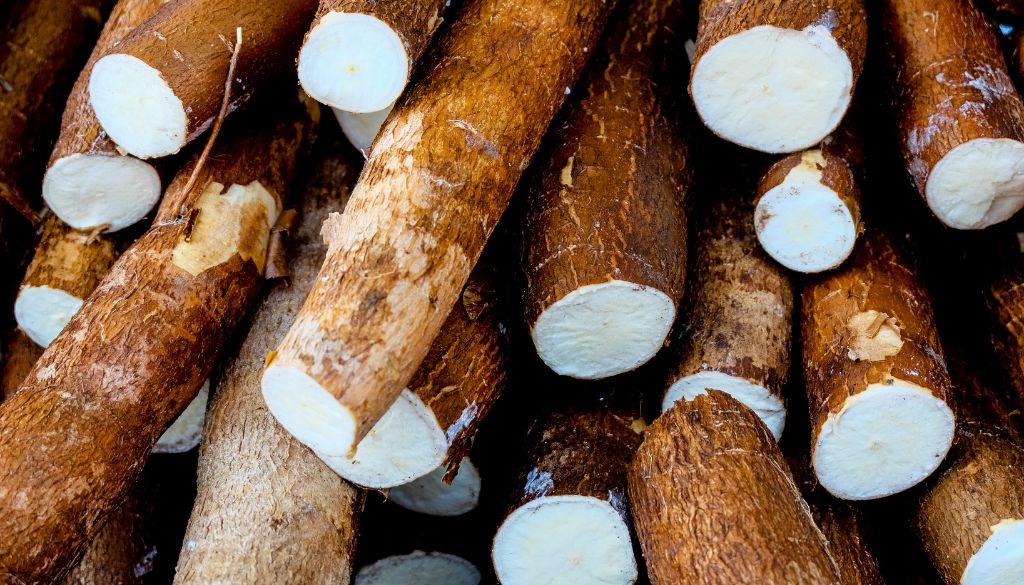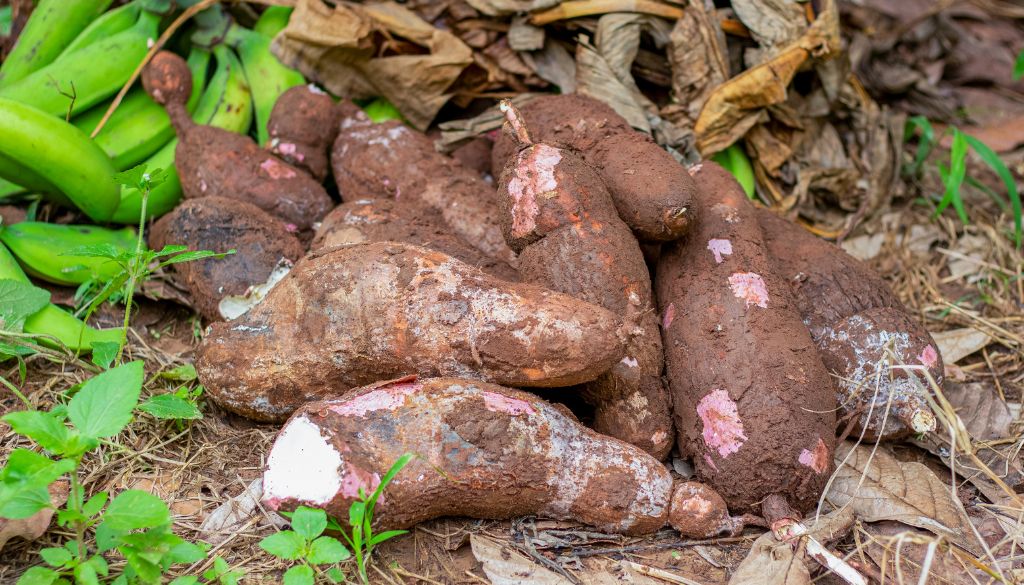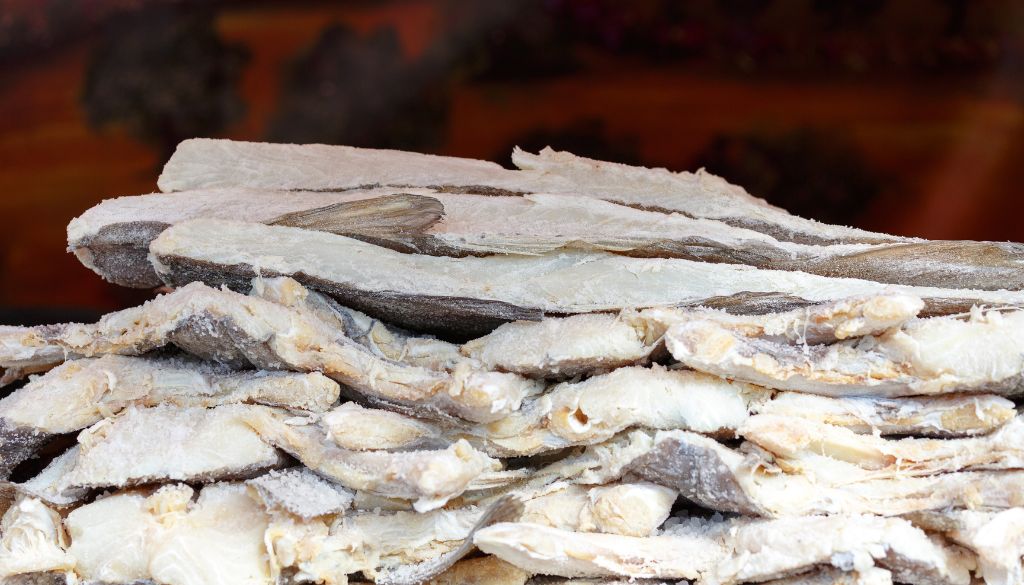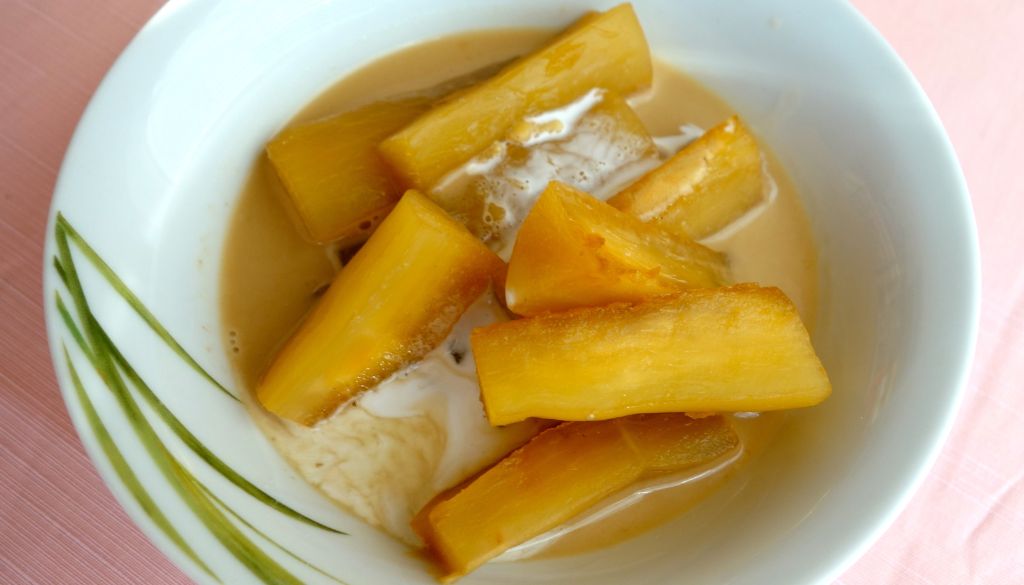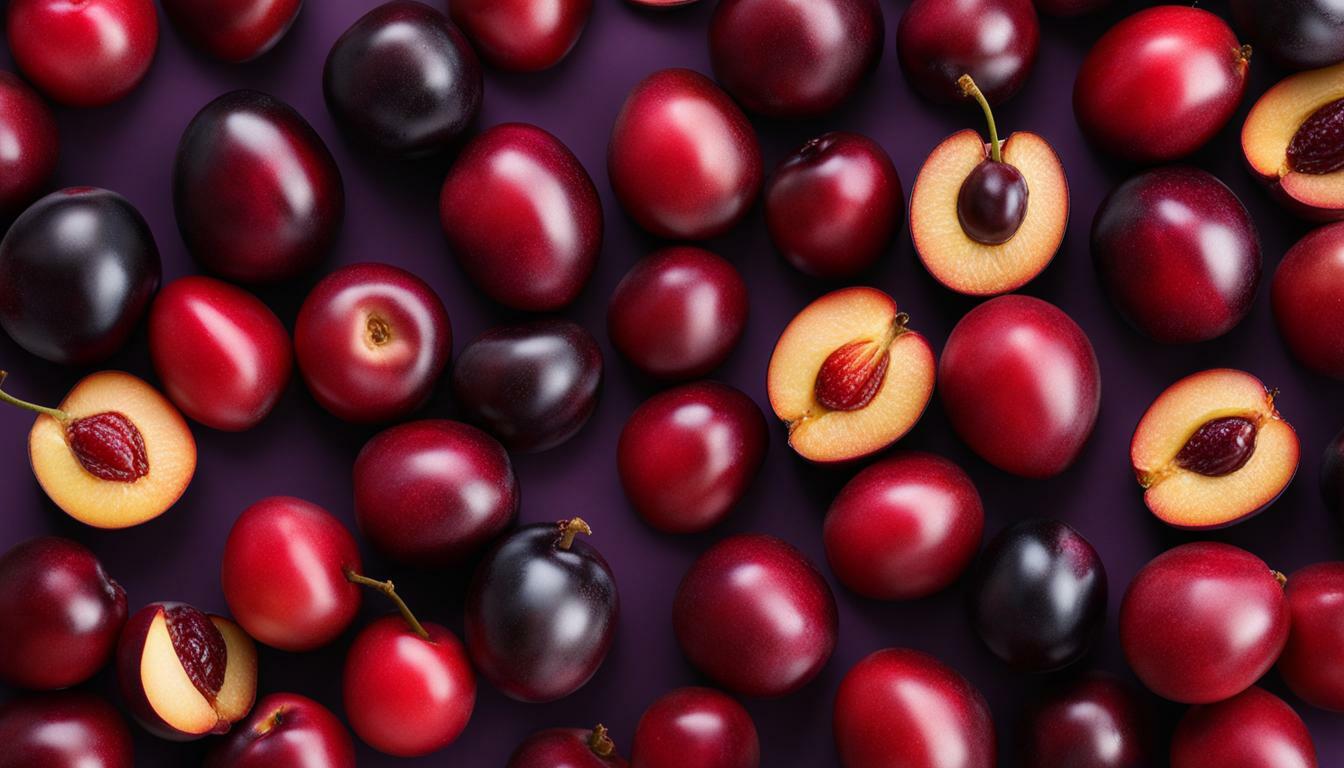
Can you heat vegetables in the microwave?
Have you ever wondered if it's safe to heat vegetables in the microwave? So did I, and as I delved into this question, I discovered many surprising facts. In this article, I'm going to share what I've learned about the benefits, to the correct techniques and the precautions to be taken to microwave vegetables.
Trust me, it can change way you use that appliance in the kitchen.
Main conclusions
- Warming vegetables in the microwave saves time in the kitchen.
- The microwave preserves the nutrients in the vegetables during the heating process.
- Is practical and easy way to prepare vegetables for meals.
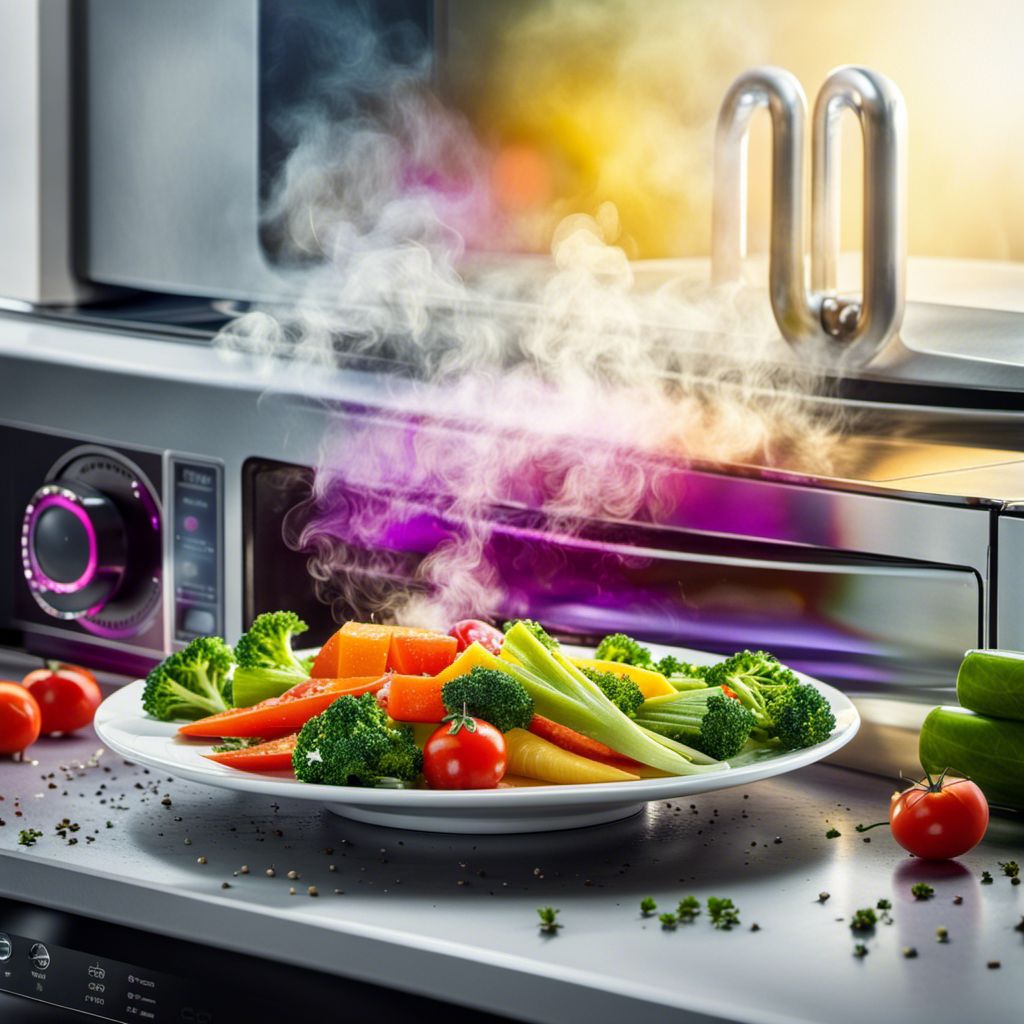
Benefits of heating vegetables in the microwave
– Time is saved by heating vegetables in the microwave.
– The nutrients in the vegetables are better preserved in this rapid heating process.
– It is an easier and more practical way to prepare vegetables for meals.
Time saving
Microwave heating vegetables becomes a great ally in our hectic day to day. The speed that this technique gives us is unquestionable. Having vegetables ready to eat in just a few minutes is very convenient.
Microwaves, unlike other traditional methods, can heat up food in half the time, which helps me save precious time in the kitchen. And there's even more! The amount of water needed for microwave cooking is almost always less than that needed for cooking on a conventional stove.
Thus, not only do I save my time, but I also reduce water and energy consumption.
nutrient conservation
The microwave is an appliance that helps save time in the kitchen and, contrary to what many people think, it does not cause a significant loss of nutrients in vegetables. This idea that microwave use can affect vitamins and nutrients is a myth.
However, this is also true of other cooking methods. When we cook vegetables on the stove, for example, the nutrients can dissipate in the steam or in the cooking water.
On the other hand, it heats food quickly and evenly, better preserving nutritional value. In addition, there is no scientific evidence to demonstrate that the proper use of microwaves is harmful to health or causes damage to the nutrients in food.
Therefore, it can be said that the nutrient conservation it's one more advantage of using the microwave to heat vegetables.
Ease of preparation
Using the microwave to heat vegetables is a simple and quick practice. Simply select your preferred vegetables, place them in a suitable container, adjust the time and power, and voila! The vegetables will be warmed up in a matter of minutes.
This allows you save time in the kitchen and can focus on other tasks. The important thing is always make sure food is heated through for release all its flavor and nutrients.
Using the microwave to heat the vegetables can transform the hustle and bustle of everyday life into moments of tranquility in the kitchen.
How to heat vegetables in the microwave
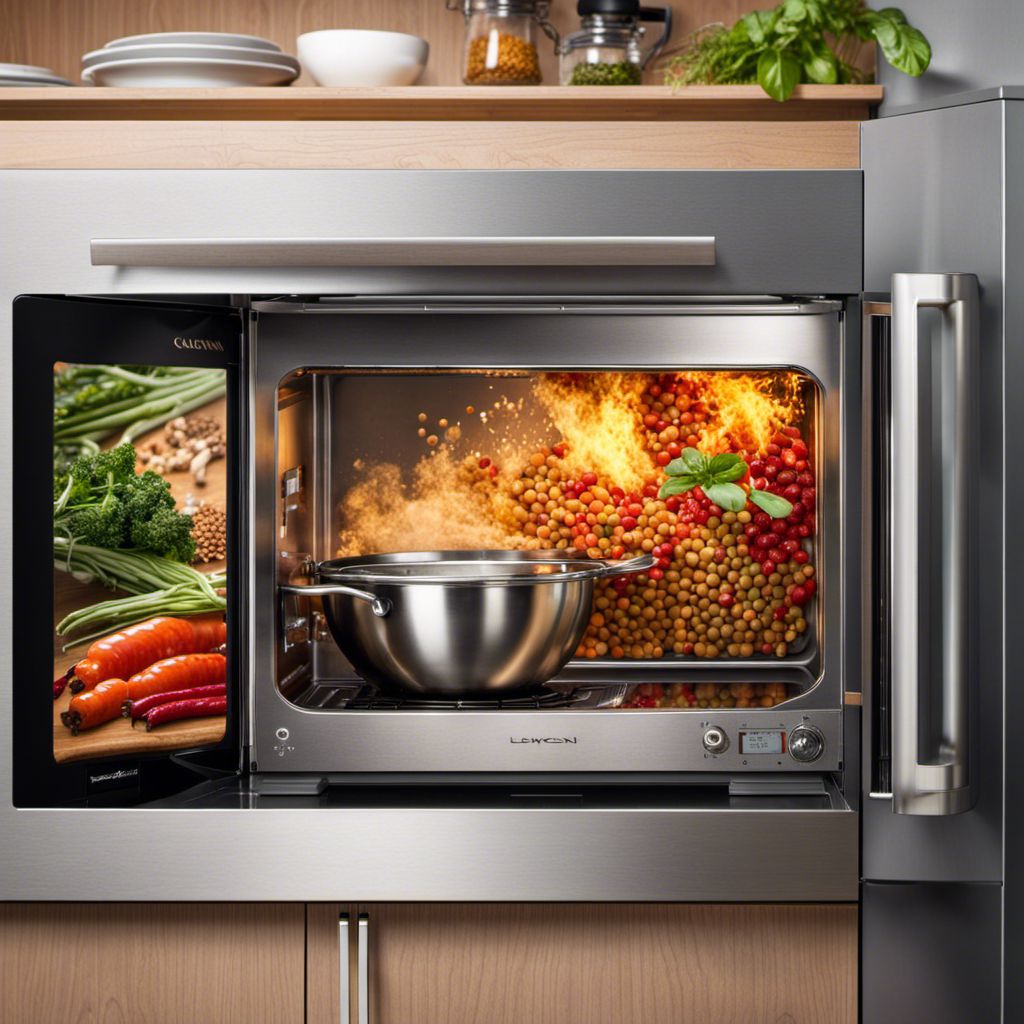
To heat vegetables in the microwave, it is important to choose the right vegetables, prepare them correctly, use proper utensils, add spices and condiments, and take precautions when removing food.
Choosing the right vegetables
When cooking vegetables in the microwave, it is important to choose the suitable vegetables to ensure they keep their nutrients and quality. Vegetables like cauliflower, carrots, zucchini and chayote are excellent options to be cooked in the microwave quickly and conveniently.
In fact, any type of vegetable can be cooked in the microwave, either steamed or soaked in water. However, it is important to have be careful when cooking vegetables like carrots, kale and spinach, as they can spark and even explode in the microwave.
Therefore, always check that the chosen vegetables are suitable for cooking in the microwave, thus guaranteeing a healthy and tasty meal.
Correct preparation of vegetables
The correct preparation of vegetables in the microwave is essential to obtain tasty and nutritious results. Here are some tips:
- Wash the vegetables well before using.
- Cut them into small, even pieces. to ensure proper cooking.
- Place them in a microwave-safe bowl or on a plate covered with perforated plastic wrap..
- Add a little water, about half a cup, to help with the steaming process.
- Season the vegetables with salt, pepper or other seasonings to taste..
- Cook the vegetables in microwave for about half the time it would take on a conventional stove.
- Check that the vegetables (vegetables) are soft and cooked before taking them out of the microwave.
Adequate warm-up time
It is a great snack or breakfast option that is packed with nutrients and will help satisfy your hunger. Plus, it’s easy to make and can be customized to your liking. adequate heating time for heating vegetables in the microwave varies according to the type of vegetable and the quantity used. It is important to follow the recommended instructions to prevent the vegetables from becoming overcooked or having an undesirable texture.
Stirring or stirring the food during heating is essential to ensure even heat distribution. use microwave-safe containers, such as glass or ceramic plates or vessels, and remember not to exceed the indicated time for perfect results.
Use of own tools
It is important to use own utensils when you microwave the vegetables. Metal utensils must not be used, as they can cause sparks and damage the device.
Also, plastic containers should be avoided as they can melt and release harmful substances into food. Opt for refractory glass or ceramic containers, which are safe and do not affect the quality of the vegetables during heating.
Adding seasonings and condiments
I love adding spices and seasonings to vegetables before heating them in the microwave. It helps to enhance the taste and aroma of food, making them even more delicious.
And the best thing is that I can use one variety of spices, such as garlic, onion, fresh or dried herbs, pepper and even a little olive oil. That way, I can turn simple vegetables into dishes full of flavor.
So don't forget to experiment with different seasonings and condiments when cooking your vegetables in the microwave.
Precautions when removing food
When removing food from the microwave, it is important to take precautions to avoid burns or accidents. Here are some tips:
- Use insulating gloves or dish towel to hold the hot container.
- Take care when opening the lid or wrapping the food, as the steam can cause burns.
- check the food temperature before consuming, thus preventing you from burning yourself with something very hot.
- Avoid placing food directly on the counter or plastic surfaces when you remove it from the microwave, as it can be very hot and damage these materials.
- Remember to use suitable utensils, such as tongs or long tongs, to remove food from the microwave.
Additional considerations when heating vegetables in the microwave
It is important to remember that when heating vegetables in the microwave, there may be a loss of crispness and the heat is not always distributed evenly. However, with simple care and the correct choice of utensils, it is possible to preserve the nutritional value of food.
Discover all the tips to make the most of this culinary practice!
loss of crispness
When heating vegetables in the microwave, it is important to remember that they can lose some of its crunch. This occurs because the microwave radiation causes molecules to vibrate and generate heat, which can affect the texture of foods.
In the case of vegetables, this heating can result in a less crunchy texture. It is therefore important to consider this factor when deciding how to prepare vegetables and choosing the most suitable heating method.
Even heat distribution
Even heat distribution is essential when heating vegetables in the microwave. This means that the vegetables must be heated evenly, to ensure they are evenly cooked.
To achieve this, it is important to place the vegetables in suitable containers, such as microwave-safe glass plates or bowls. Avoid using plastic containers as they can cause uneven heat distribution.
Additionally, certain foods can lose nutrients when heated in the microwave, such as squash, peas, and leeks, due to radiation. But don't worry, foods like spinach and bell peppers don't suffer from nutrient loss when heated in the microwave.
Conclusion
In conclusion, heating vegetables in the microwave is a practical and healthy option for everyday life. In addition to saving time, the microwave preserves the nutrients of food and facilitates the preparation process.
Just follow some precautions, such as choose the correct vegetables, use own utensils and add seasonings and condiments to obtain delicious results. So, take advantage of this ease and enjoy warmed vegetables quickly and nutritiously.
Common questions
Can I heat vegetables in the microwave?
Yes, it is possible to heat vegetables in the microwave. However, it is important to use microwave-safe containers and cover them to prevent splattering and ensure even heating.
Which vegetables can be heated in the microwave?
Virtually all types of vegetables can be heated in the microwave, provided they are suitable for consumption after heating. Some examples include carrots, broccoli, potatoes, zucchini and corn.
Is it necessary to add water when heating vegetables in the microwave?
Depending on the type of vegetable and the recipe, it may be recommended to add a small amount of water to the container before heating in the microwave. This helps retain moisture and keep the vegetables from drying out during heating.
What is the ideal time to heat vegetables in the microwave?
The ideal time to heat vegetables in the microwave varies according to the type of vegetable and the quantity to be heated. In general, start with 1-2 minute intervals and check the texture of the vegetables as you go. Adjust time as needed until desired consistency is achieved.
Is it true that microwaves can cause nutrient loss in food?
Yes, heating food in microwave can cause loss of nutrients. Prolonged exposure to heat can degrade some vitamins and minerals in food. However, this loss also occurs in other heating and cooking methods.
How long does it take to cook vegetables in the microwave?
It is a great snack or breakfast option that is packed with nutrients and will help satisfy your hunger. Plus, it’s easy to make and can be customized to your liking. cooking time to cook vegetables in microwave varies according to the type of vegetable and the size of the piece. It usually takes 3-5 minutes to cook vegetables in a microwave-safe container.
Can I put any container in the microwave?
No, not all containers are safe to use in the microwave. Make sure the container is microwave safe before putting it in. Glassware, ceramics, heat-resistant plastic, and microwave-safe paper are generally safe.
Verônica Ribeiro, the creative mind behind “Cozinha da Vê”, is passionate about flavors and aromas and transforms her passion for cooking into irresistible recipes. With a unique ability to combine ingredients and a special touch of affection in each dish, she conquers hearts and palates, making cooking a truly delicious experience on her blog.
